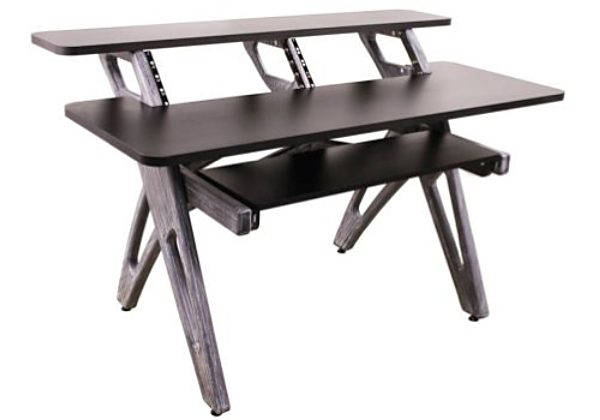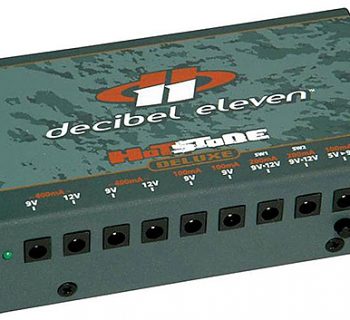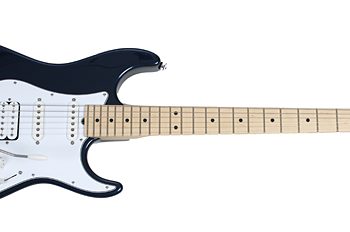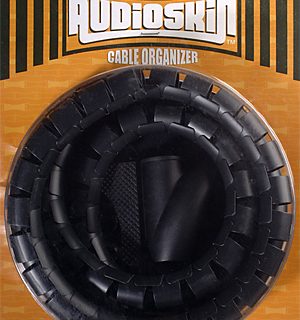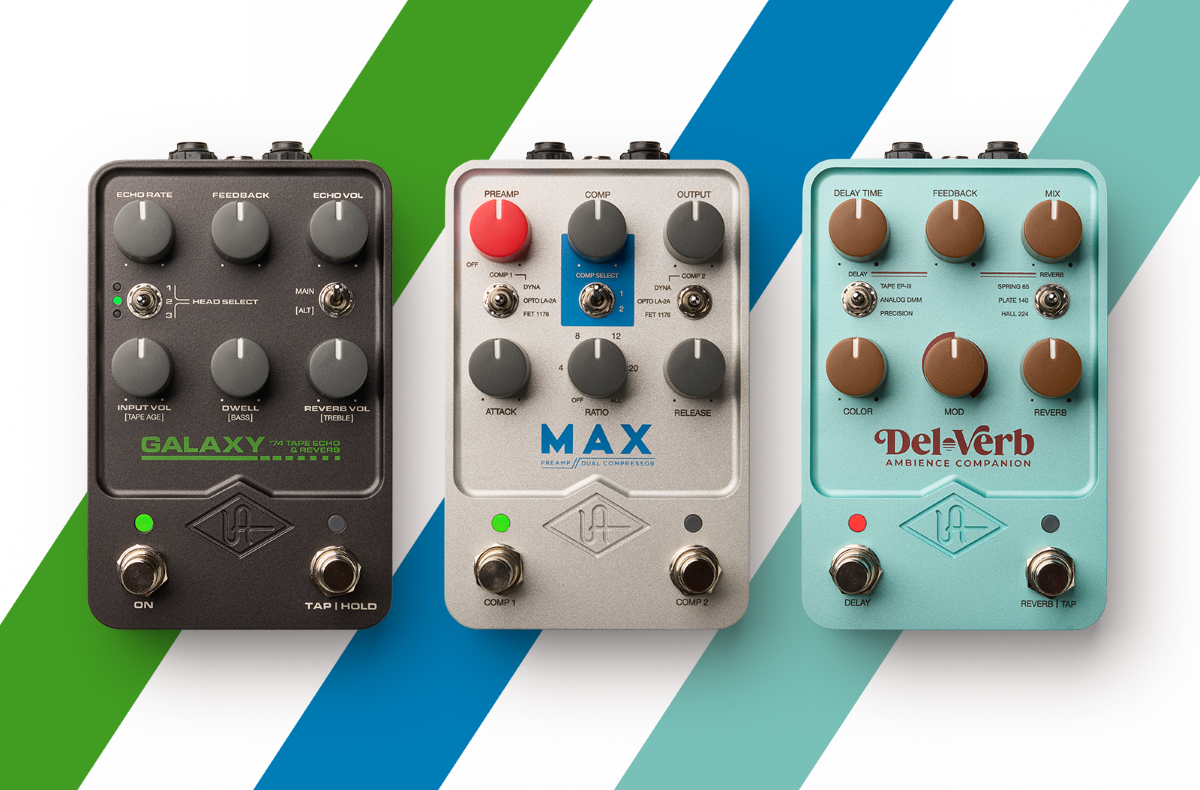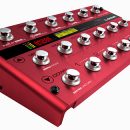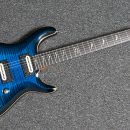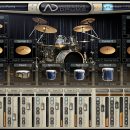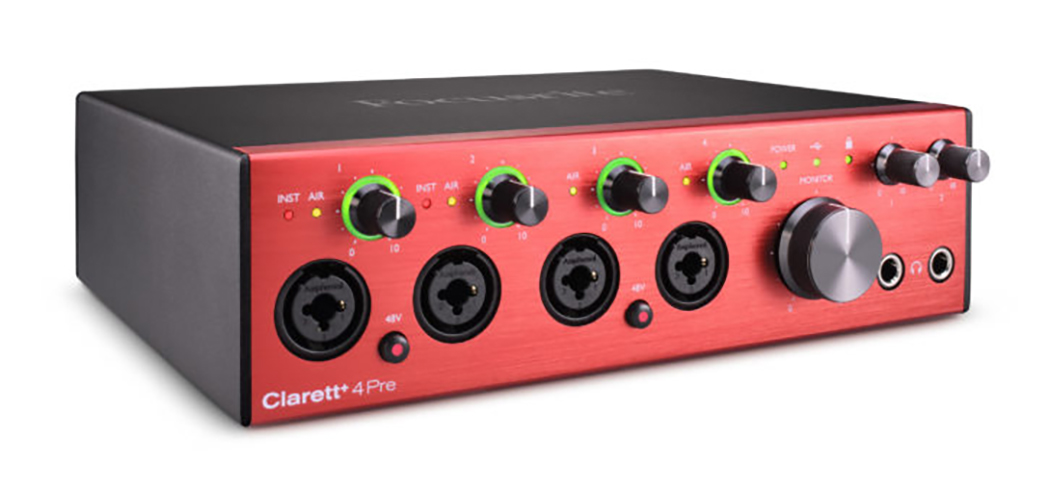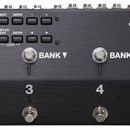 We are not often asked to review studio furniture, so when we were given the opportunity to check out a cool looking new desk from Zaor, we really didn’t know what to expect. The mammoth and heavy box that arrived for review was surprising, and the gouges in the box were further concerning, but when all was said and done, we were able to successfully assemble the Yesk (not a typo), as shown above, and put it to use in one of our project studios.
We are not often asked to review studio furniture, so when we were given the opportunity to check out a cool looking new desk from Zaor, we really didn’t know what to expect. The mammoth and heavy box that arrived for review was surprising, and the gouges in the box were further concerning, but when all was said and done, we were able to successfully assemble the Yesk (not a typo), as shown above, and put it to use in one of our project studios.
The Yesk measures 1500x950x852mm (59”x37”x34”), and has eight rack spaces underneath the monitor shelf split into two rows of 4U each. The top shelf accommodates your computer display and monitor speakers; the middle and largest work surface is presumably for your master keyboard controller; the bottom pull-out shelf can hold your computer keyboard and mouse (or another MIDI controller). This shelf shows Zaor’s obvious attention to detail: the shelf is flush with the guide rails on which it retracts, so you could place a MIDI keyboard controller on it that is longer than the actual width of the shelf, and it can still slide most of the way underneath the desktop surface when not in use. Obviously, your setup is your prerogative, and having an open frame design like this allows cables and odd-shaped items to fit wherever you need and be accommodated.
 Once we peeled back the layers of shipping materials, we found the instruction manual, bag of nuts and bolts, and all the pieces to be put together. This was very Ikea-like from the assembly perspective, right down to the “vague-at-first-instructions-but-easier-once-you-start-doing-it” technique. One gripe we did have was that some of the bolts were not Phillips, but required an Allen key, which was not included in our box. Fortunately, we had a few on hand and were able to proceed.
Once we peeled back the layers of shipping materials, we found the instruction manual, bag of nuts and bolts, and all the pieces to be put together. This was very Ikea-like from the assembly perspective, right down to the “vague-at-first-instructions-but-easier-once-you-start-doing-it” technique. One gripe we did have was that some of the bolts were not Phillips, but required an Allen key, which was not included in our box. Fortunately, we had a few on hand and were able to proceed.
Once assembled, any initial concerns we had about stability dissipated. There was no rocking or swaying. The frame is made from solid Linden wood (a basswood), brushed with copper bristles (by hand!) to give it a rough surface texture, and then light gray and black paint is applied with a special technique that yields a brushed metal look. Sure, the vibe struck us as somewhat reminiscent of ‘80s parachute pants for lack of a better reference. But coupled with the black, melamine-faced shelves, the end result looks quite modern and stylish, and photos fail to do the design justice.
We did wish, however, there was an option to add locking casters to the base. While you’re not commonly wheeling desks around, there are times when repositioning equipment can benefit from a desk that can be rolled out of place.
Overall, our impression was that this is a good, solid, studio desk that is quite stylish. Allen key and caster quibbles aside, we liked the Yesk. And get this: The Yesk costs $999 including shipping to anywhere in the continental USA or Canada! It isn’t cheap when compared to budget-priced, particle-board furniture, and there are functionally similar products that cost half the price, but quality-wise, this desk is a step up from the cheap stuff, and when you factor in shipping costs, it’s a very nice value overall.
Photos don’t adequately capture the unique qualities of the finish—it really is pretty cool looking. If you would like your project studio desk to combine form, functionality, and vibe, we say Yes to the Yesk.
Contact Information
Zaor
www.zaorstudiofurniture.com/classic/yesk


